Did you know that volume loss in the facial tissues is a primary cause of ageing, leading to sunken features, wrinkles and a tired appearance?
Discover the transformative effects of facial fat transfer with Mr Tunç Tiryaki, a natural solution to regain youthful facial contours, using your own tissue. As the facial bone framework starts getting resorbed and the fat pads under the eyelids diminish and facial features begin to sink, fat transfer offers a rejuvenating alternative to fillers, using fat from your own body to rejuvenate, fill voids and smooth out wrinkles.
Mr Tiryaki’s expert technique ensures a natural look that revitalises your appearance without the risks associated with synthetic fillers. Ideal for patients in their late 30s to 40s experiencing definition and volume loss, or younger individuals aiming to enhance facial proportions, this procedure effectively combats the signs of ageing.

At a glance
Surgery Time
Recovery Time
Key Information
Before & After Fat Transfer to the Face
View Full Gallery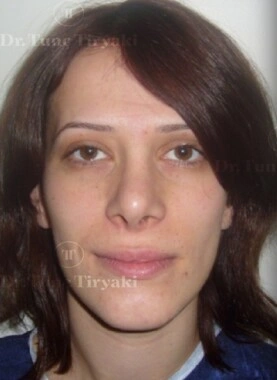
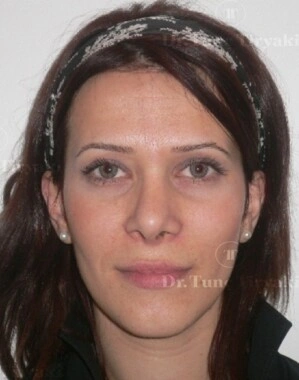
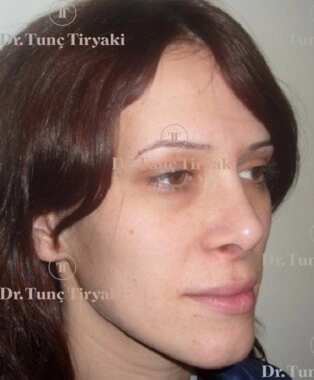
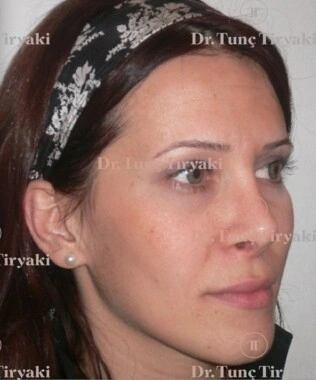
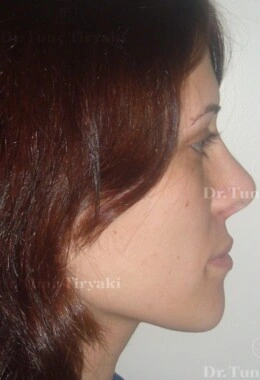
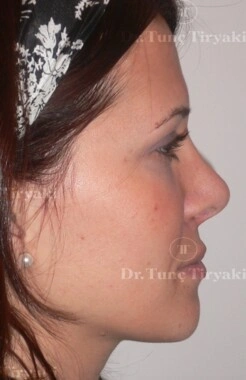
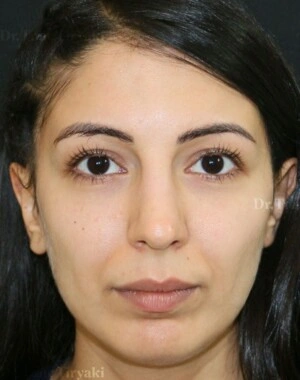
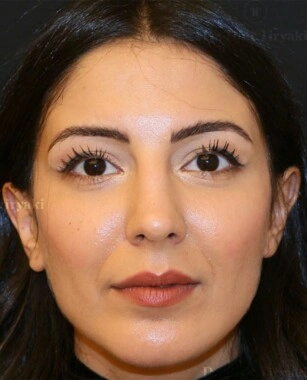
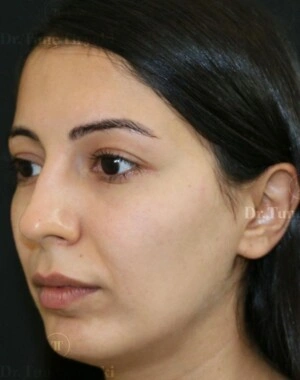
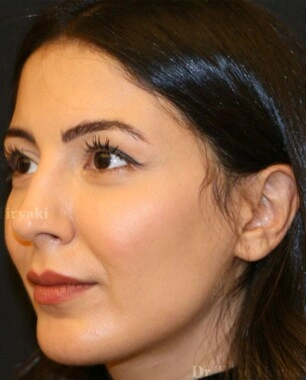
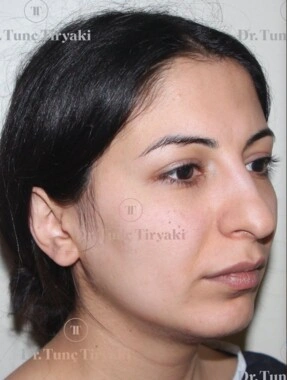
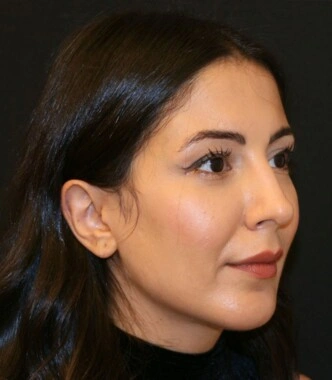
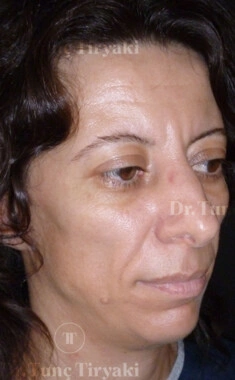
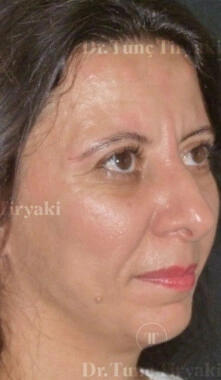
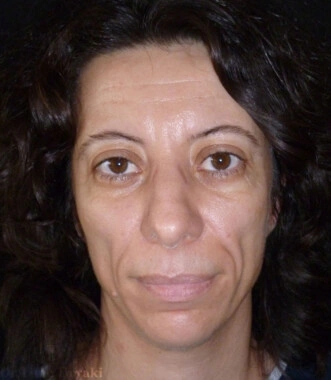
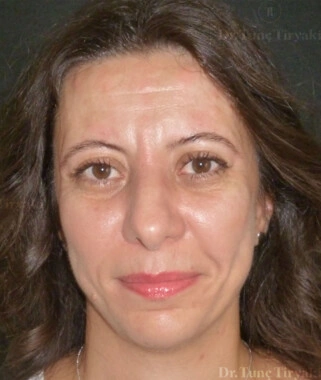
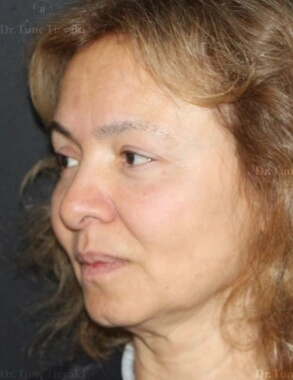
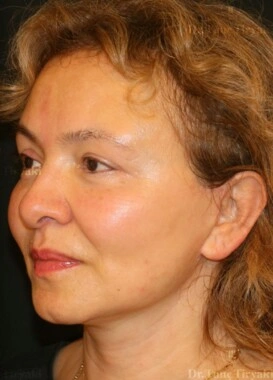

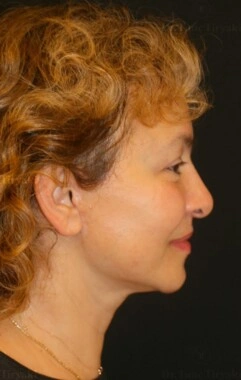
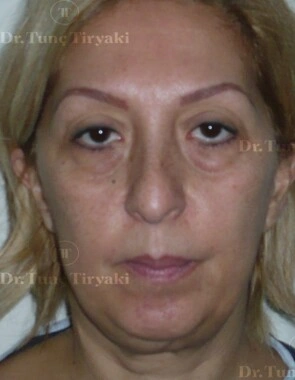
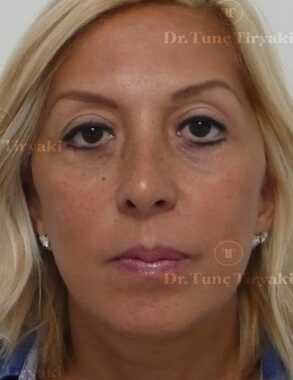
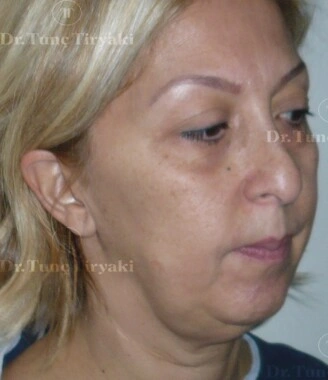
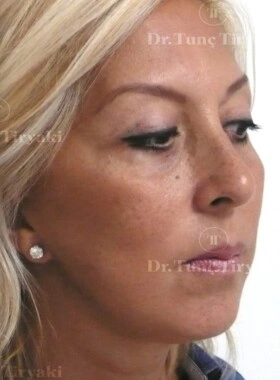
What is a Fat Injection?
Fat transfer to the face, also known as fat injections or fat grafting, uses your body's own fat cells to restore lost volume, creating a more youthful and vibrant appearance. Beginning in our early to mid-30s, the structural support of our bone framework and natural fat pads start to diminish, leading to loss of definition, sunken features, and wrinkles. Mr. Tunç Tiryaki addresses these changes by transferring fat from areas like the abdomen, hips, or legs to the face.
He employs advanced techniques like Micro Fat Transplantation, which involves carefully processing and injecting fat into the skin layers to enhance cell survival rates and ensure smoother results. This method minimizes the risk of excessive swelling and often provides long-lasting results with just one procedure. Facial fat transfer not only replenishes lost volume but also enhances facial contours such as the cheeks, cheekbones, temples, jawline, and chin.

Mr Tiryaki’s Fat Transfer to the Face offers numerous benefits, including natural volume enhancement, rejuvenation of facial contours, and a reduction in wrinkles. This safe and effective procedure uses your own fat tissue, ensuring long-lasting and natural-looking results with minimal risk of adverse reactions.

What are the benefits of Fat Transfer to the Face?
Fat injections provide a natural, long-lasting alternative to synthetic fillers. As an autograft procedure, it uses your own living cells, eliminating the risk of adverse reactions or rejection. This method allows for substantial volume enhancement without the unnatural appearance that overused fillers can create.
The technique is safe, with the fat harvested from your own body reducing the potential for side effects. Additionally, fat injections can be tailored to meet individual aesthetic goals, providing a customised rejuvenation that respects the unique features of each patient.


How is Fat Transfer Performed?
Mr Tiryaki performs fat transfer through a minimally invasive procedure that typically lasts between 30 and 45 minutes. Depending on patient preference and the extent of the transfer, the procedure can be performed under local anaesthesia with light sedation. Fat is harvested from the patient’s own body areas with excess fat, such as the abdomen or thighs, using a gentle technique to ensure the viability of the fat cells.
The fat is then processed using Mr Tiryaki’s specialised methods to separate different grades of fat tissue—Millifat, micro fat and nano fat—which are then injected into the facial areas requiring volume enhancement. This precise layering technique ensures a smooth, natural appearance without lumps or excessive swelling. The use of SVF (Stromal Vascular Fraction) stem cell-enriched fat may also be incorporated to enhance the quality of the results, providing additional longevity and vitality to the transferred fat.
Recovery and Guidelines for Fat Transfer Surgery
Recovery from a fat transfer is relatively fast, with most patients experiencing mild swelling and bruising for around three to four days. Showering is permitted the day after the surgery, and patients are advised to apply ice to the treated areas for the first three days to help reduce swelling. Use of oedema-reducing creams and makeup is recommended starting the day after the procedure.
Patients should avoid strenuous activities and sports for the first two weeks following the procedure, to ensure optimal healing. Final results are typically visible within four to six weeks, as the transferred fat settles and integrates with the facial tissues.
What are the risks of Fat Transfer?
Fat transfer is generally a safe procedure with a low risk of complications when performed by a qualified surgeon like Mr Tiryaki. Possible risks include temporary swelling, bruising and discomfort at the injection and harvest sites.
Rarely, there may be issues with fat absorption leading to uneven results, but Mr Tiryaki’s refined techniques minimise these risks. As with any surgical procedure, following all pre- and post-operative guidelines is crucial to reduce any potential risks.
Frequently Asked Questions
What areas can be treated with fat injection?
Fat injections can be used to treat various areas of the face, depending on your aesthetic goals and preferences. Some of the most common areas are:
- The cheeks: Fat injections can add volume and lift to the cheeks, creating a more youthful and defined appearance. This can also reduce the appearance of nasolabial folds, the lines that run from the nose to the corners of the mouth.
- The lips: Fat injections can enhance the size and shape of the lips, making them fuller and more symmetrical. This can also improve the balance and harmony of the facial features.
- The temples: Fat injections can fill in the hollows and depressions in the temples, creating a smoother and more rounded forehead. This can also soften the transition between the forehead and the eyes.
- The under-eye area: Fat injections can reduce the appearance of dark circles, bags and hollows under the eyes, creating a more refreshed and alert look. This can also brighten the eye area and improve the contrast between the eyes and the skin.
- The chin: Fat injections can augment the chin, creating a more prominent and defined profile. This can also improve the balance and proportion of the facial features.
- The jawline: Fat injections can enhance the jawline, creating a more sculpted and angular appearance. This can also reduce the appearance of jowls and sagging skin.
How long do the results of a fat transfer last?
As fat transfer is a live tissue transplantation, we expect some percentage of fat graft resorption, which happens in the first few weeks and becomes stable after this period. The Results are long-lasting, often permanent, as the transferred fat integrates with facial tissues.
Can fat transfer be combined with other procedures?
Yes, it is often combined with liposuction or other facial surgeries such as a facelift or blepharoplasty for comprehensive rejuvenation.
What is the difference between fat transfer and fillers?
Fat transfer uses your own tissue, offering a natural, long-lasting result compared to fillers. Dermal fillers are synthetic or natural substances that are injected into the skin to add volume, smooth wrinkles or enhance contours. Fillers are temporary and need to be repeated every few months or years to maintain the results. Fillers are less invasive than fat injections, but they also have higher complication rates, require more maintenance and may look less natural.
What should I do to prepare for a fat transfer procedure?
Stop all blood thinners, cease smoking and avoid activities that elevate blood pressure for two weeks prior to the procedure.



